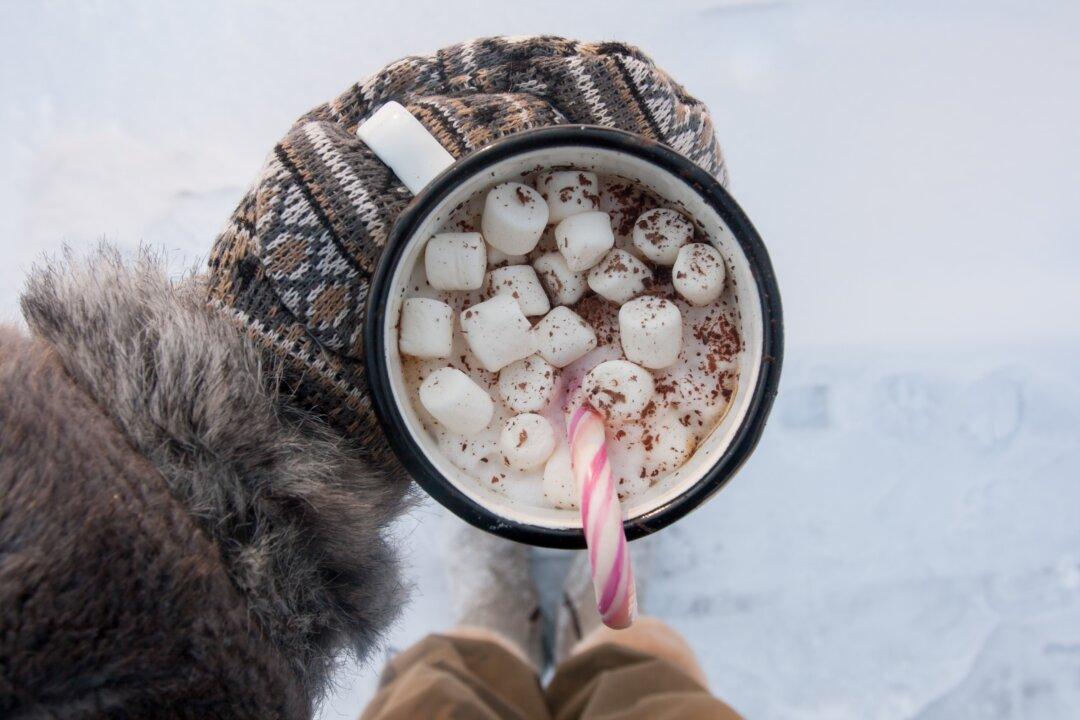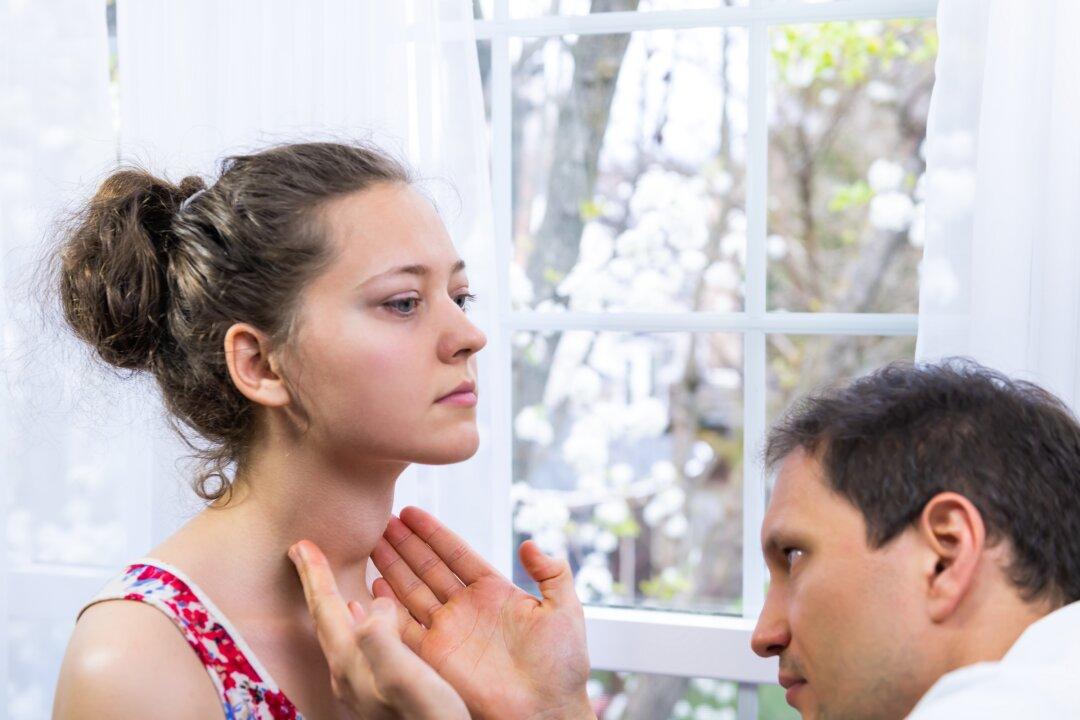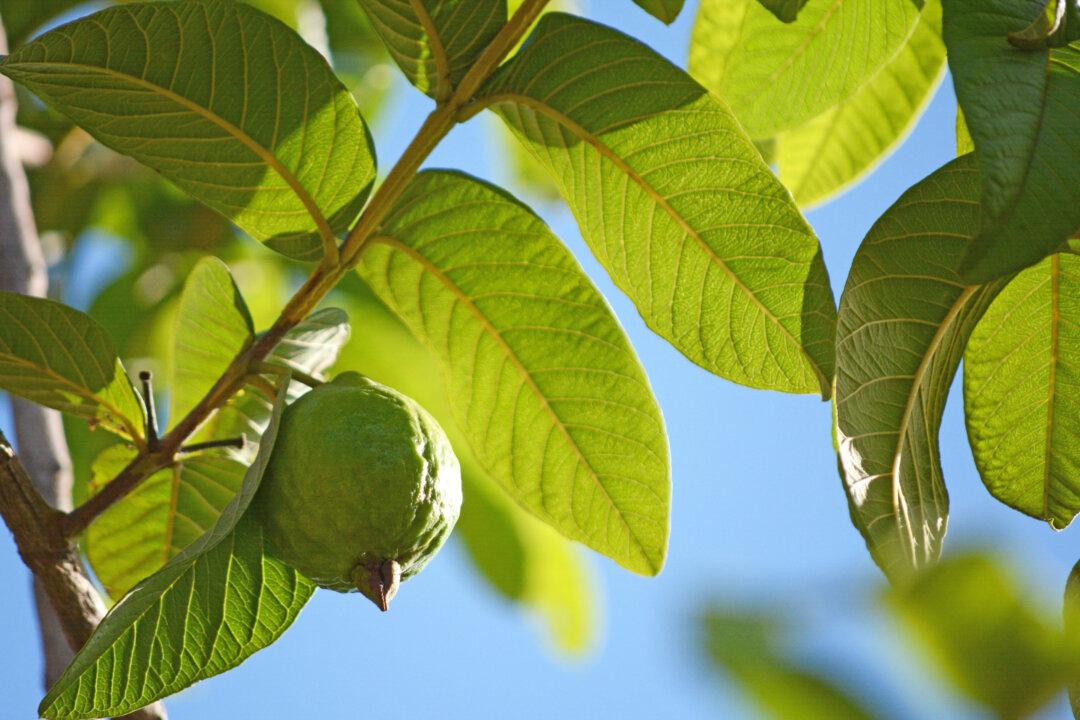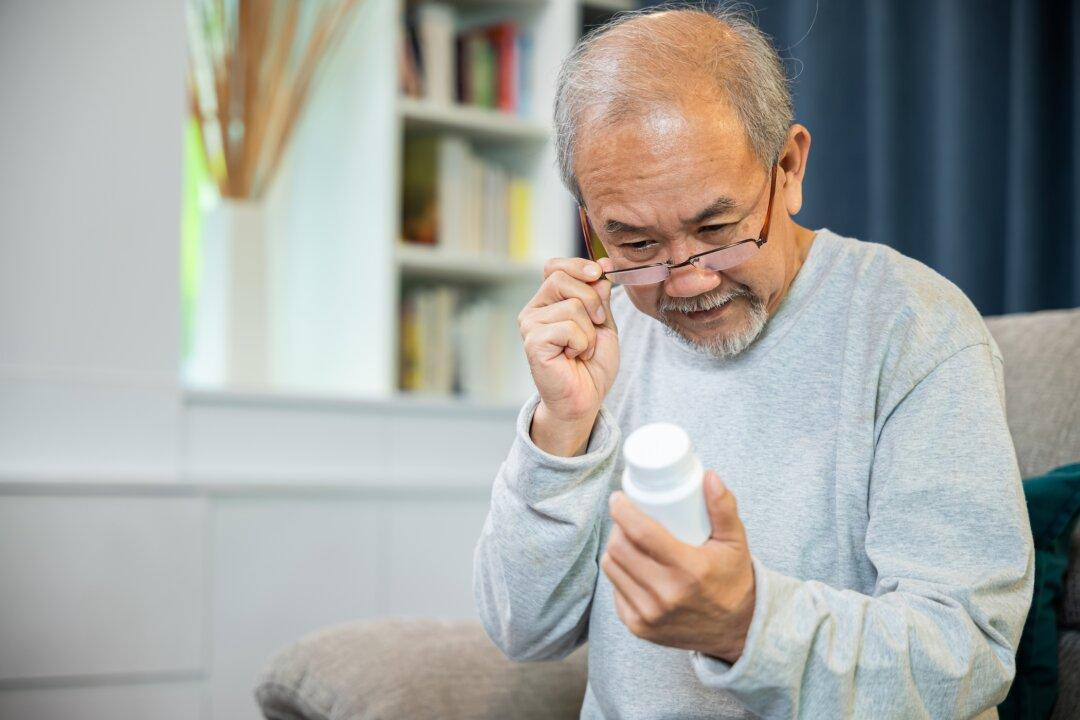When the wintry flu season strikes do you crave a comforting cup of hot cocoa? It could be your body’s innate wisdom at work.
Nature works in mysterious ways. Just when cold, dry weather chills us to the bone and flu season is in full bloom, we crave a comforting cup of hot cocoa. As it turns out, that chocolate craving may be our body’s innate wisdom at work.





